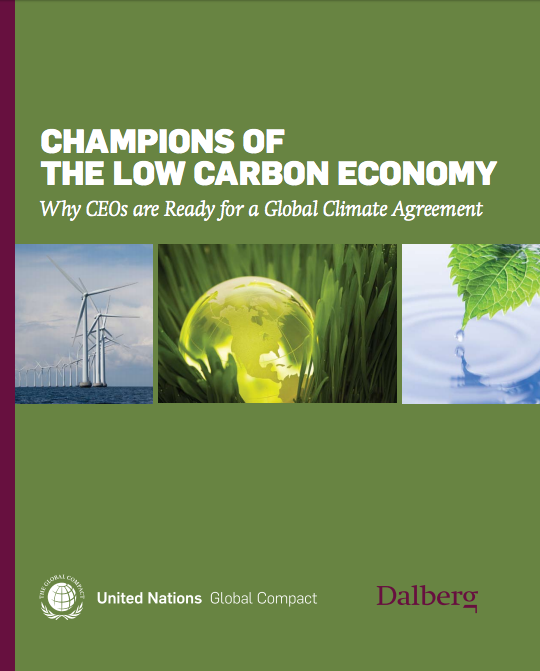Peabody Energy reported its 1Q2016 results today (Peabody Energy SEC filings). The company lost US$228m for the three months to March 2016 (before a notional tax credit), a more than doubling of the pretax loss relative to 1Q2015. How management could defer Chapter 11 as long as they did seems bizarre given the company has been losing $80m pretax every month and where net debt rose by US$462m in just the last three months. We review this result given it shows that the momentum in the coal mining sector is still deteriorating, rapidly.
Peabody Energy’s 1Q2016 results highlight the magnitude of the problems facing the US domestic and export coal industries.
Revenues dropped 33% year on year (yoy) to US$1.02bn, consistent with the US Energy Information Administration reports that total US coal consumption is down 33% yoy year-to-date (link to EIA report).
Net interest expense rose 22% yoy to US$125m for the 1Q2016.
But even if the entire US$6.5bn of net debt was written off by the global banking sector, Peabody would still be losing money. At the EBIT level, Peabody lost US$103m in 1Q2016. As such, the report from McKinsey & Co suggesting massive ongoing financial distress for the US coal mining sector looks a fair assessment, as is their conclusion that 75% of the total US$100bn of sector liabilities in place at the end of 2014 could be lost by the end of this decade (link to IEEFA report).
Peabody’s net debt rose by US$462m in just the last three months to US$6.44bn, not discounting another US$2.15bn of unfunded post retirement benefits et al.
IEEFA would question how the Australian business of Peabody Energy can remain in a ‘business as usual’ position. The Australian holding company has yet to lodge its 2015 annual results, even though business as usual (as we understand it) requires lodgement of these accounts with ASIC by end April 2016. Given the 2014 accounts said the company only remained solvent due to ongoing financial support, but with the ultimate parent in Chapter 11, there must be some serious legal or accounting gymnastics involving opaque offshore structures that is allowing the Australian unit to have to-date avoided administration. Given the financial leverage and number of Australian jobs involved, maybe this is something our Energy Minister could investigate rather than taking management’s word for it?















